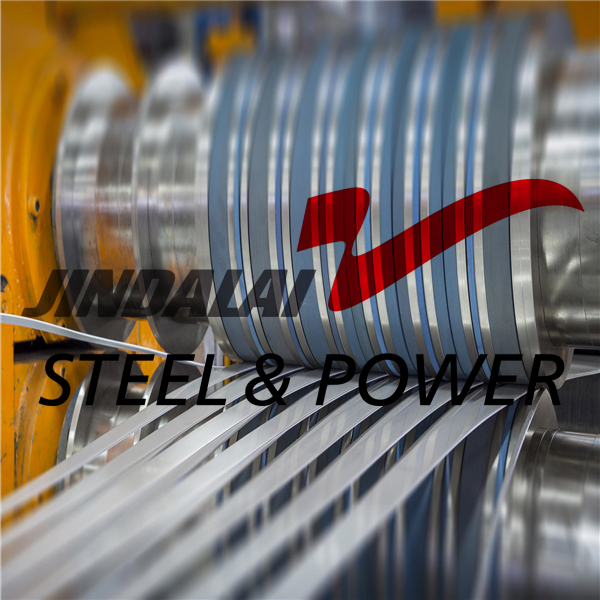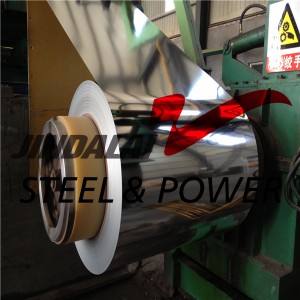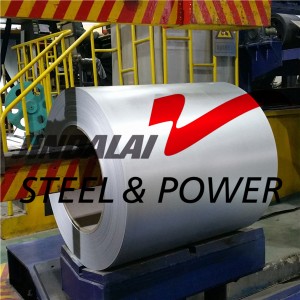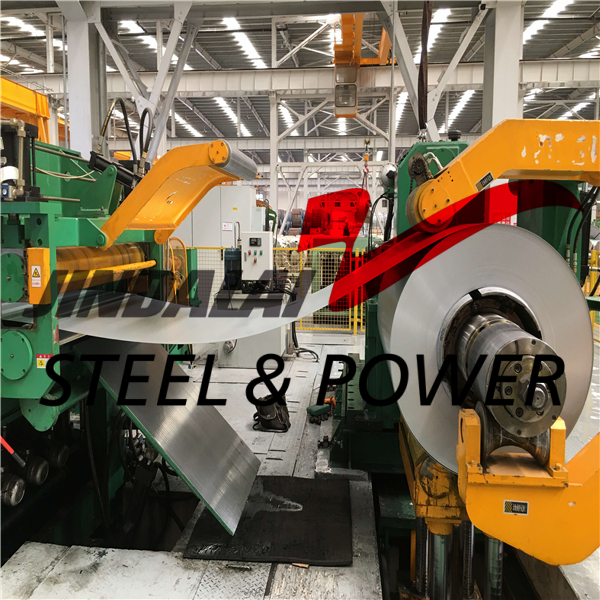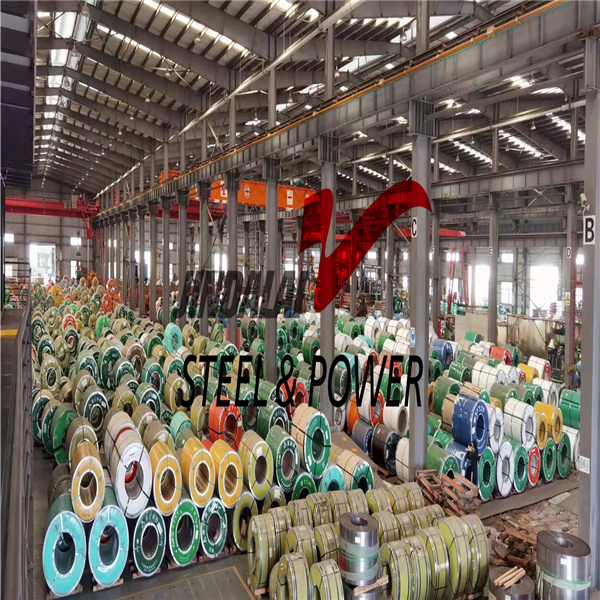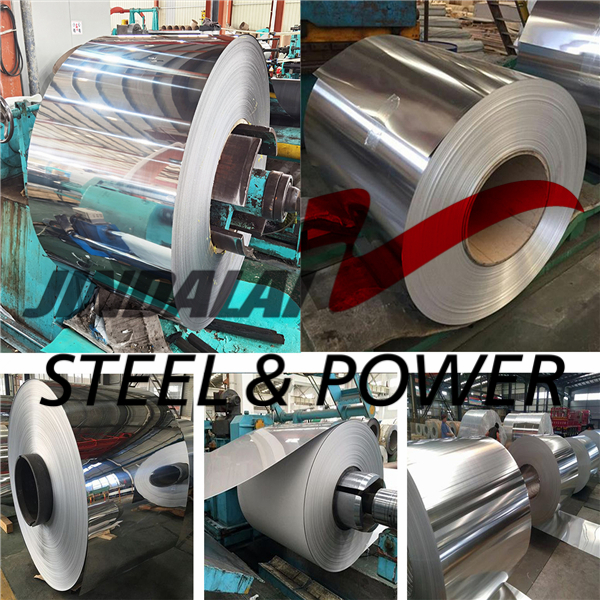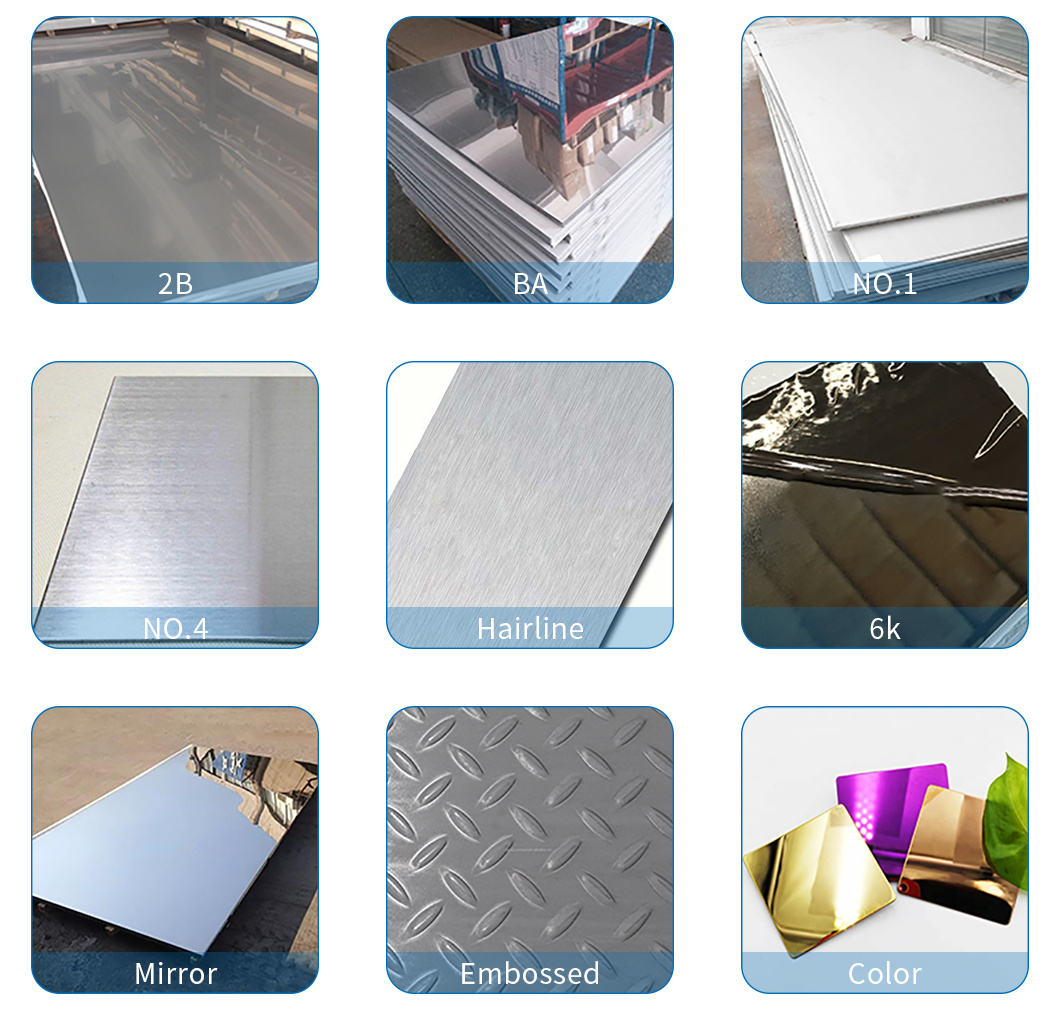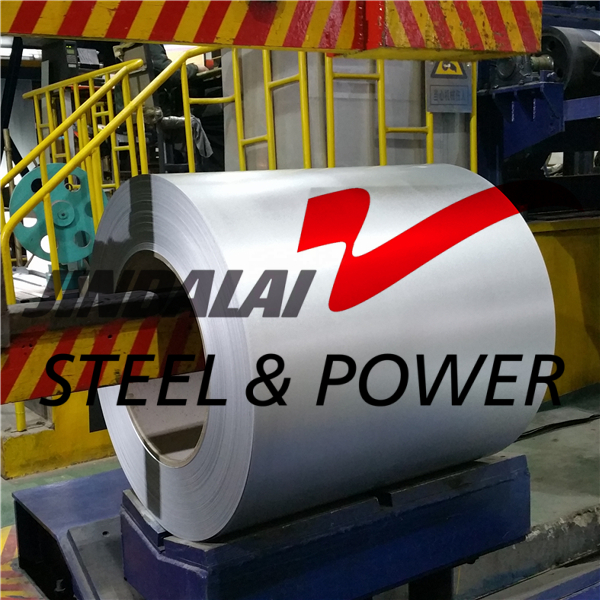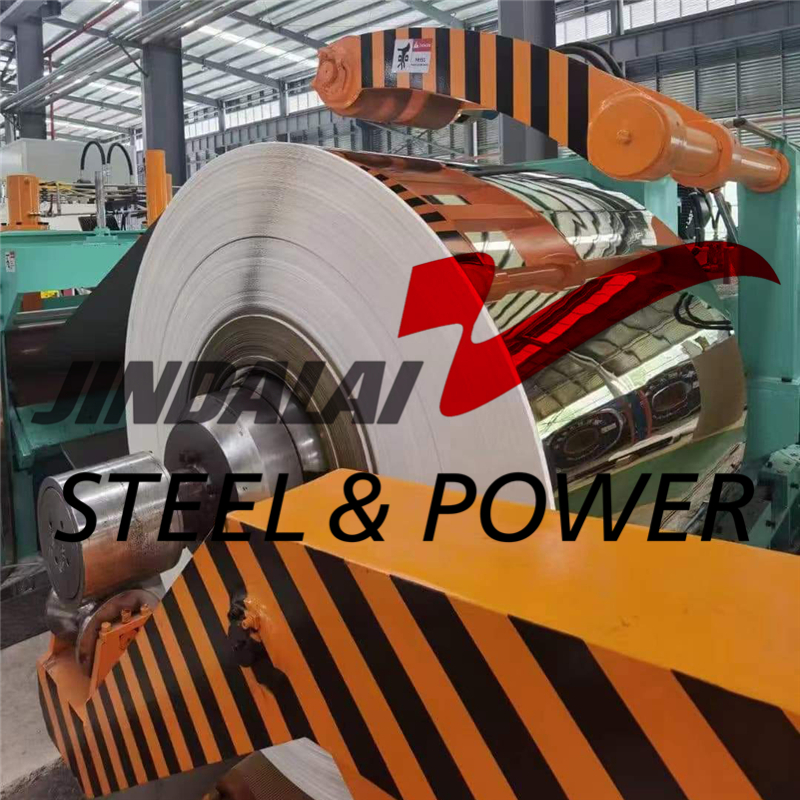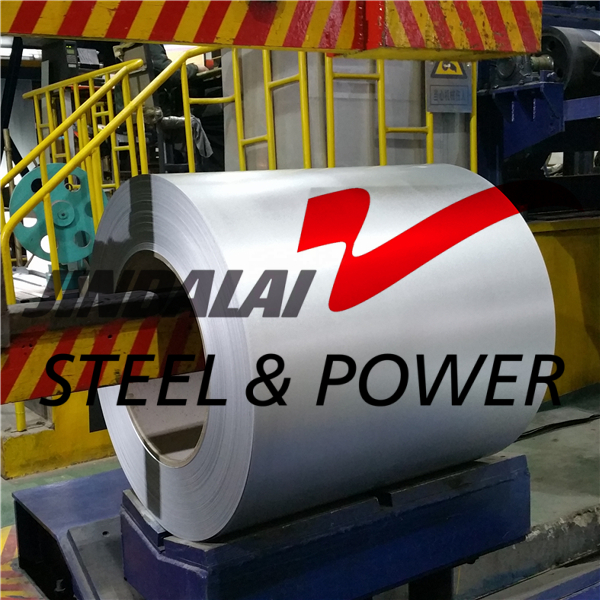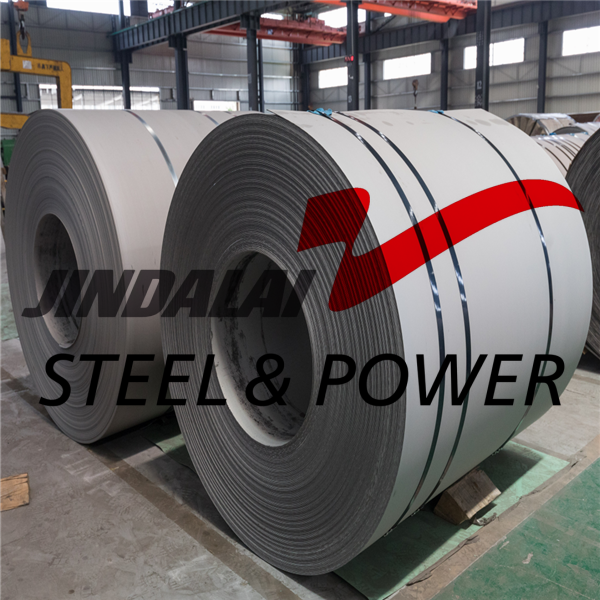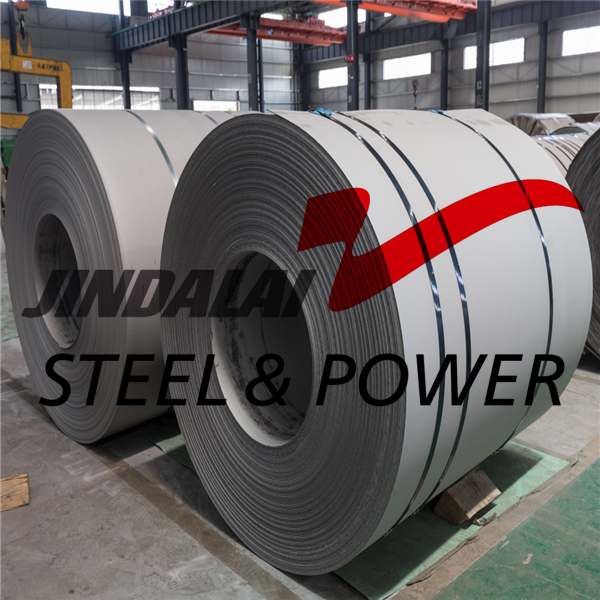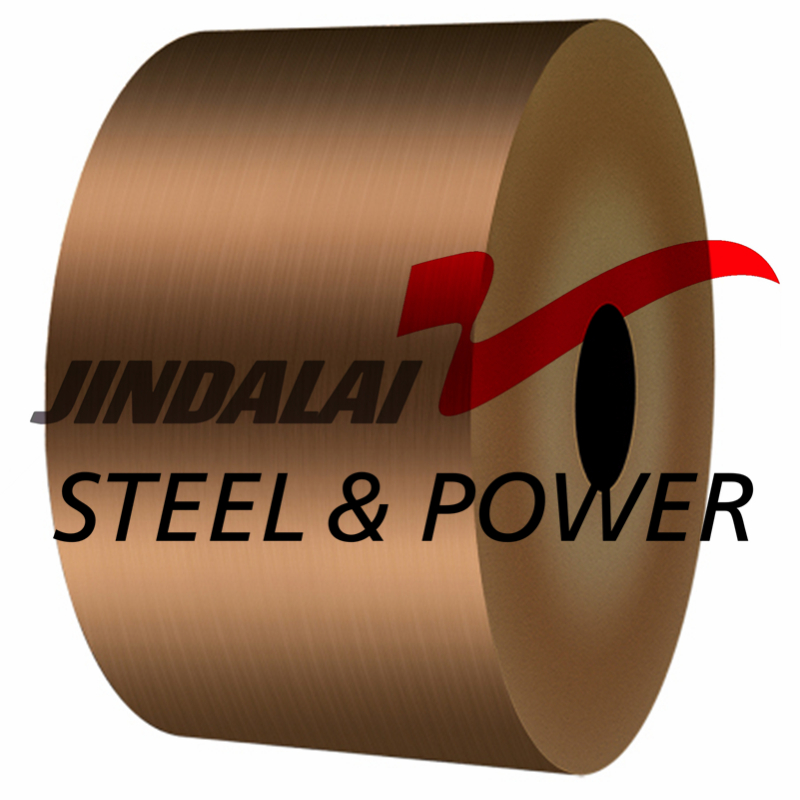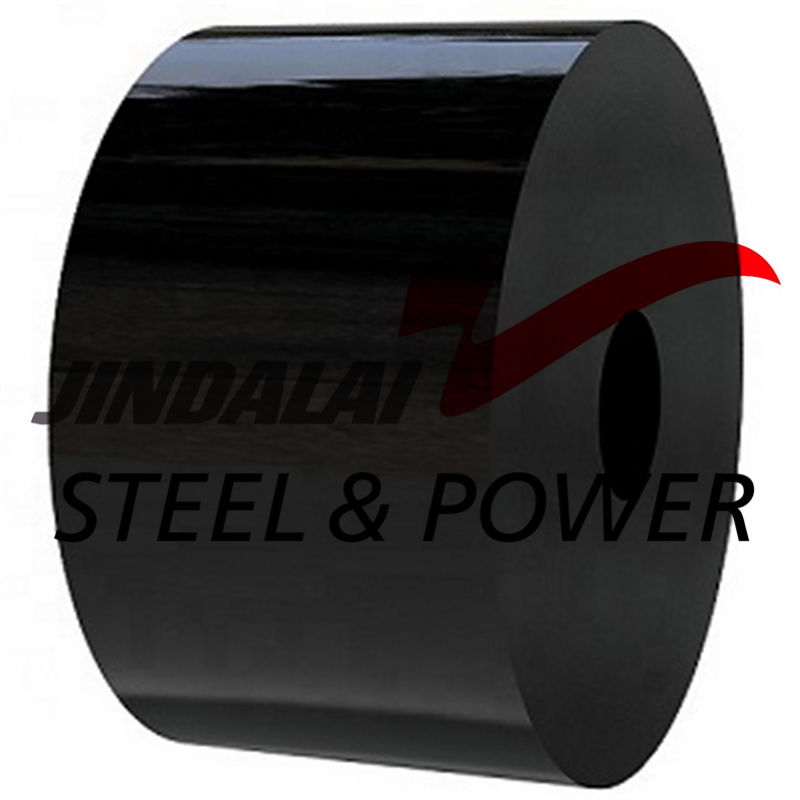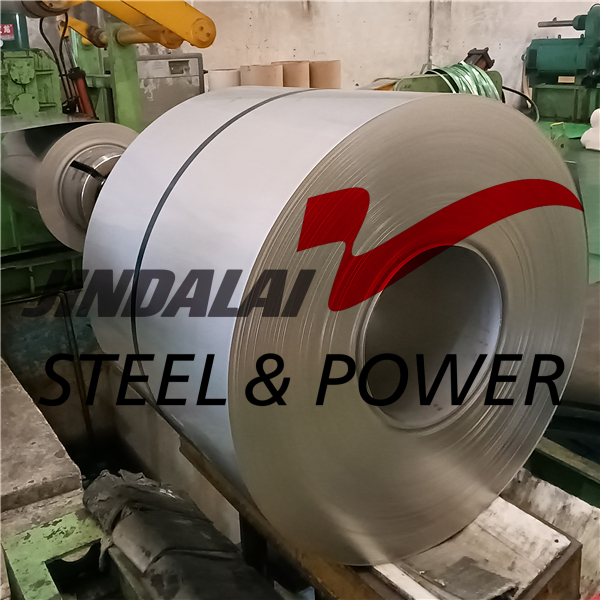Overview of Duplex Stainless Steel
Super duplex stainless steel is differentiated from standard duplex grades by its significantly improved corrosion-resistant properties. It is a highly alloyed material with elevated concentrations of anti-corrosive elements such as chromium (Cr) and molybdenum (Mo). The primary super duplex stainless steel grade, S32750, comprises as much as 28.0% chromium, 3.5% molybdenum, and 8.0% nickel (Ni). These components impart exceptional resistance to corrosive agents, including acids, chlorides, and caustic solutions.
Generally, super duplex stainless steels build upon the established benefits of duplex grades with enhanced chemical stability. This makes it an ideal grade for fabricating critical components in the petrochemical sector, such as heat exchangers, boilers, and pressure vessel equipment.
Mechanical Properties of Duplex Stainless Steel
| Grades | ASTM A789 Grade S32520 Heat-Treated | ASTM A790 Grade S31803 Heat-Treated | ASTM A790 Grade S32304 Heat-Treated | ASTM A815 Grade S32550 Heat-Treated | ASTM A815 Grade S32205 Heat-Treated |
| Elastic Modulus | 200 GPa | 200 GPa | 200 GPa | 200 GPa | 200 GPa |
| Elongation | 25 % | 25 % | 25 % | 15 % | 20 % |
| Tensile Strength | 770 MPa | 620 MPa | 600 MPa | 800 MPa | 655 MPa |
| Brinell hardness | 310 | 290 | 290 | 302 | 290 |
| Yield Strength | 550 MPa | 450 MPa | 400 MPa | 550 MPa | 450 MPa |
| Thermal expansion coefficient | 1E-5 1/K | 1E-5 1/K | 1E-5 1/K | 1E-5 1/K | 1E-5 1/K |
| Specific Heat capacity | 440 – 502 J/(kg·K) | 440 – 502 J/(kg·K) | 440 – 502 J/(kg·K) | 440 – 502 J/(kg·K) | 440 – 502 J/(kg·K) |
| Thermal Conductivity | 13 – 30 W/(m·K) | 13 – 30 W/(m·K) | 13 – 30 W/(m·K) | 13 – 30 W/(m·K) | 13 – 30 W/(m·K) |
Classification of Duplex Stainless Steel
l The first type is low alloy type, with the representative grade of UNS S32304 (23Cr-4Ni-0.1N). The steel does not contain molybdenum, and the PREN value is 24-25. It can be used instead of AISI304 or 316 in stress corrosion resistance.
l The second type belongs to medium alloy type, the representative brand is UNS S31803 (22Cr-5Ni-3Mo-0.15N), the PREN value is 32-33, and its corrosion resistance is between AISI 316L and 6% Mo+N austenitic stainless steel.
l The third type is of high alloy type, which generally contains 25% Cr, molybdenum and nitrogen, and some also contain copper and tungsten. The standard grade UNSS32550 (25Cr-6Ni-3Mo-2Cu-0.2N), PREN value is 38-39, and the corrosion resistance of this type of steel is higher than that of 22% Cr duplex stainless steel.
l The fourth type is super duplex stainless steel, which contains high molybdenum and nitrogen. The standard grade is UNS S32750 (25Cr-7Ni-3.7Mo-0.3N), and some also contain tungsten and copper. The PREN value is greater than 40, which can be applied to harsh medium conditions. It has good corrosion resistance and mechanical comprehensive properties, which can be comparable with super austenitic stainless steel.
Benefits of Duplex Stainless Steel
As stated above, Duplex is normally performing better than individual steel types found within its microstructure. Better said, the combination of positive characteristics coming from austenite and ferrite elements provides a better overall solution for a great number of different production situations.
l Anti-corrosive properties – The effect of molybdenum, chromium, and nitrogen on corrosion resistance of Duplex alloys is immense. Several Duplex alloys can match and exceed anti-corrosive performance of popular austenitic grades including 304 and 316. They are especially effective against crevice and pitting corrosion.
l Stress corrosion cracking – SSC comes as a result of several atmospheric factors – temperature and humidity being the most evident ones. Tensile stress just adds to the problem. Normal austenitic grades are highly susceptible to stress corrosion cracking – Duplex stainless steel is not.
l Toughness – Duplex is tougher than ferritic steels – even at lower temperatures while it does not actually match the performance of austenitic grades in this aspect.
l Strength – Duplex alloys can be up to 2 times stronger than both austenitic and ferritic structures. Higher strength means that metal remains firm even with reduced thickness which is especially important for reducing weight levels.
-
Duplex 2205 2507 Stainless Steel Coil
-
Duplex Stainless Steel Coil
-
201 304 Color Coated Decorative Stainless Steel...
-
201 Cold Rolled Coil 202 Stainless Steel Coil
-
201 J1 J2 J3 Stainless Steel Coil/Strip Stockist
-
316 316Ti Stainless Steel Coil
-
430 Stainless Steel Coil/Strip
-
8K Mirror Stainless Steel Coil
-
904 904L Stainless Steel Coil
-
Colored Stainless Steel Coil
-
Rose Gold 316 Stainless Steel Coil
-
SS202 Stainless Steel Coil/Strip in Stock
-
SUS316L Stainless Steel Coil/Strip



